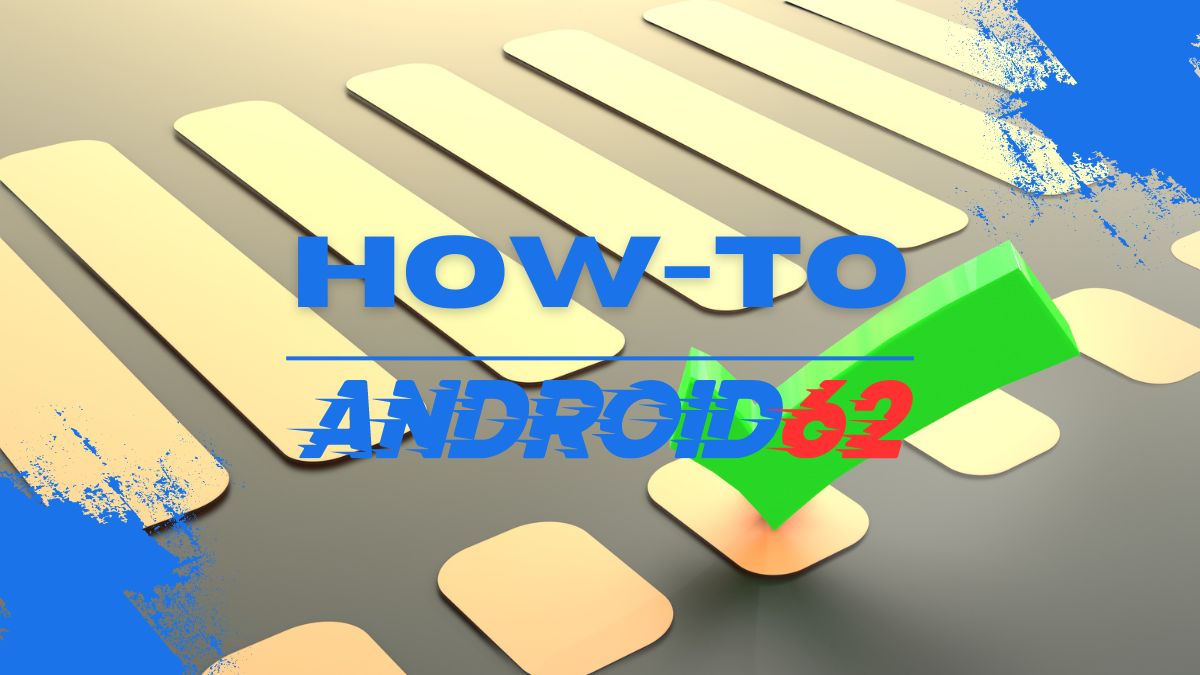
Learning how to greet someone properly is an essential part of any language. In Korean culture, using the right expressions to say good morning is a great way to start the day on the right foot. Whether you’re planning a trip to South Korea, want to connect with Korean-speaking friends, or simply interested in learning a new language, knowing how to say good morning in Korean is a must. In this article, we will explore various ways to greet someone good morning in Korean and delve into the cultural nuances behind these expressions.
Common Ways to Say Good Morning in Korean
There are several ways to say good morning in Korean, depending on the formality of the situation and your relationship with the person you are greeting. Here are the most common ways to greet someone good morning in Korean:
- 안녕하세요 (Annyeonghaseyo): This is a standard and polite way to say hello in Korean. It can be used in almost any situation, including saying good morning.
- 좋은 아침 (Joeun achim): This is a more casual and friendly way to say good morning in Korean. It is commonly used among friends and family members.
- 안녕 (Annyeong): This is a casual and informal way to greet someone in Korean. It is commonly used among close friends and family members.
Formal Vs. Informal Greetings
It is important to understand the difference between formal and informal greetings in Korean, as it plays a significant role in Korean culture. Here are some key points to consider:
- Formal Greetings: Formal greetings are used when addressing someone older or of higher social status. It is important to show respect by using appropriate honorifics and polite language.
- Informal Greetings: Informal greetings are used among friends, family, or people of the same age group. It is more casual and relaxed compared to formal greetings.
Cultural Considerations
Understanding the cultural nuances behind greetings in Korean can enhance your language skills and help you build better relationships with Korean speakers. Here are some cultural considerations to keep in mind:
- Bowing: In Korean culture, bowing is a common gesture to show respect when greeting someone. The depth of the bow depends on the level of formality and the status of the person you are addressing.
- Using Honorifics: Honorifics are an important aspect of the Korean language, especially when addressing someone older or of higher status. Using the appropriate honorifics shows respect and politeness.
- Handshakes: While handshakes are becoming more common in Korea, it is still not as common as in Western culture. It is important to be aware of cultural norms and follow the lead of the person you are greeting.
Practice Makes Perfect
Like any language, practice is key to mastering Korean greetings. Here are some tips to help you practice saying good morning in Korean:
- Repeat: Practice saying the different ways to say good morning in Korean until you feel comfortable and confident.
- Use Flashcards: Create flashcards with the Korean expressions for good morning and quiz yourself regularly to reinforce your memory.
- Listen and Repeat: Listen to native speakers saying good morning in Korean and repeat after them to work on your pronunciation.
Conclusion
Saying good morning in Korean is a simple yet meaningful way to connect with Korean speakers and show respect for their culture. By learning the different ways to greet someone in Korean and understanding the cultural nuances behind these expressions, you can deepen your language skills and build stronger relationships with Korean-speaking friends and colleagues. Practice regularly and immerse yourself in the language to become more fluent in Korean greetings. Start your day right by saying “안녕하세요” or “좋은 아침” to greet someone good morning in Korean!



